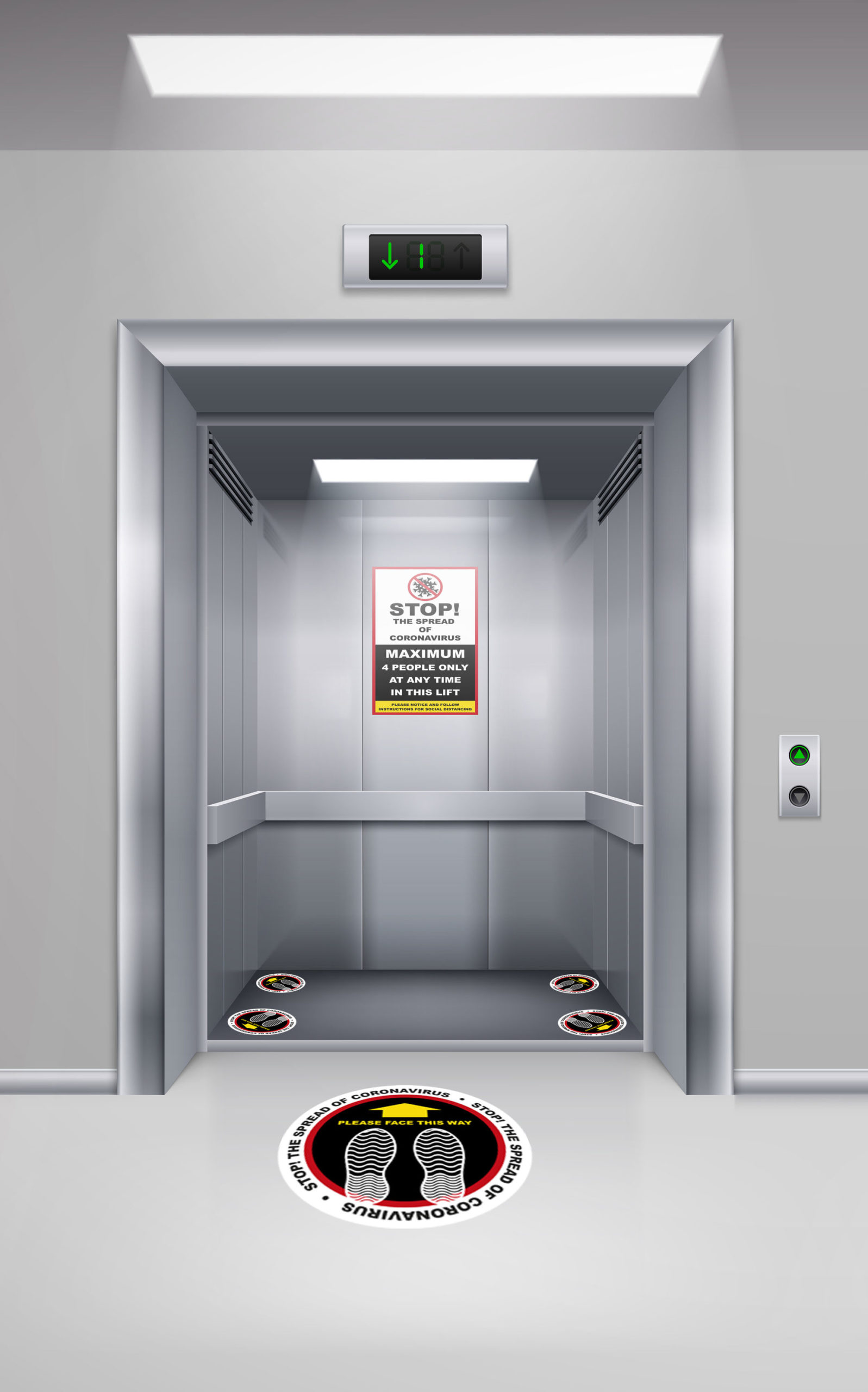Top Lift Companies in London: Offering High Quality Installations and Upkeep
Top Lift Companies in London: Offering High Quality Installations and Upkeep
Blog Article
Exploring the Globe of Elevators: Common Problems Faced by Numerous Lift Devices
As we navigate through the vertical transportation systems of contemporary structures, elevators stand out as an essential component of our lives. Nevertheless, behind their seamless procedure lies a globe of intricate devices that can occasionally experience obstacles. From hydraulic elevators to grip systems and machine-room-less designs, each lift type features its set of usual problems. Recognizing these challenges is critical for guaranteeing the smooth performance of these vital systems. Let's check out the complexities that underlie the procedure of elevators and the possible issues that can develop, clarifying the complex internet of lift mechanisms.
Hydraulic Lifts
Hydraulic lifts, often chosen for low-rise buildings, use fluid stress to manage the motion of the lift auto (lift repair companies). This mechanism involves a hydraulic pump pushing oil into a cylinder, causing the lift to relocate in the desired direction. While hydraulic lifts are known for their smooth and quiet operation, they do come with their very own collection of typical problems
One common issue with hydraulic lifts is oil leakage. The seals in the hydraulic system can wear in time, bring about oil infiltration. If left unaddressed, this not just develops a mess yet can additionally impact the elevator's performance. Additionally, issues with the control system, such as faulty valves or a malfunctioning pump, can cause disruptions in the lift's activity.
Regular maintenance and punctual repair work are important to guarantee the smooth functioning of hydraulic lifts. By addressing these common concerns proactively, structure owners can reduce downtime and guarantee the safety and performance of their upright transportation system.
Grip Lifts
When thinking about upright transport systems in buildings, an additional typical type other than hydraulic elevators is the grip lift. Grip elevators run utilizing a system of ropes and weights that move the lift auto by grasping onto the hoist ropes. This mechanism enables for smoother and much faster vertical transport compared to hydraulic systems.
Among the common concerns faced by grip lifts is rope wear. The continuous activity of the ropes within the traction system can cause wear and tear in time, possibly triggering the lift to breakdown or come to be harmful for use. Routine inspections and upkeep of the ropes are important to ensure the lift's correct performance and safety.
One more problem that grip elevators may run into is associated with the control system. Issues with the control system can bring about issues such as unpredictable movement, hold-ups in feedback times, or perhaps total closures. Normal screening and maintenance of the control system are vital to avoid such concerns and ensure the elevator's dependability.
Machine-Room-Less (MRL) Lifts

One of the vital components of MRL lifts is the small gearless grip equipment that is installed within the hoistway. This machine effectively drives the elevator cars and truck without the requirement for large equipment found in typical grip lifts. Furthermore, MRL lifts usually make use of a counterweight system to stabilize the automobile, further improving their power efficiency.
Despite their advantages, MRL lifts might encounter challenges connected to maintenance and fixing due to the confined room for equipment setup. Access for servicing components within the shaft can be limited, requiring specialized training for service technicians. Correct upkeep timetables and normal inspections are important to make sure the ongoing smooth procedure of MRL lifts.
Overloading and Weight Restriction Issues
Overloading and weight limit concerns are essential problems in lift operations. Lift suppliers layout lifts with details weight abilities to make sure passenger safety and security and tools durability.
When lifts are overloaded, it puts excessive strain on the electric motor, cable televisions, and other parts, potentially creating malfunctions or breakdowns. If they discover excess weight, safety devices such as sensing units and overload sensors are in place to prevent lifts from relocating. Furthermore, going beyond weight limitations can bring about increased energy usage and wear and tear on the elevator system.
To minimize overwhelming concerns, building supervisors should prominently present weight restrictions in elevators and inform occupants on the significance of sticking to these restrictions - lift repair companies. Routine upkeep checks by qualified professionals can likewise assist make certain that elevators are operating within risk-free weight criteria. By dealing with overloading and weight restriction problems proactively, structure owners can improve elevator security and effectiveness
Electric System Failings
Surpassing weight restrictions in lifts can not only lead to mechanical issues but likewise possibly contribute to electrical system failures within the lift infrastructure. Electric system failings are an essential problem in lift operation, as they can cause unexpected closures, breakdowns, or even safety and security threats.
In addition, power disabled platform lifts prices uk surges or fluctuations in the electric supply can likewise disrupt the lift's procedure, impacting its performance and safety and security. These electrical disturbances can harm sensitive lift components such as control board, circuit card, or sensors, bring about system failings. Regular upkeep and assessments are essential to identify and attend to possible electrical concerns immediately, guaranteeing the reliable and risk-free procedure of elevator systems. By sticking to weight restrictions and carrying out regular electrical system checks, structure owners can alleviate the risk of electric failings in elevators.
Conclusion

Hydraulic lifts, frequently preferred for low-rise structures, make use of fluid stress to control the movement of the elevator cars and truck.When considering upright transport systems in structures, an additional usual kind apart from hydraulic elevators is the traction elevator. Traction elevators operate using a system of ropes and counterweights that relocate the lift automobile by grasping onto the hoist ropes. Unlike standard lifts that need a separate device space to house the devices, MRL elevators integrate most of the parts within the shaft, removing the demand for a committed equipment space.In final thought, elevators encounter usual problems such as hydraulic breakdowns, traction system failures, and electric system troubles.
Report this page